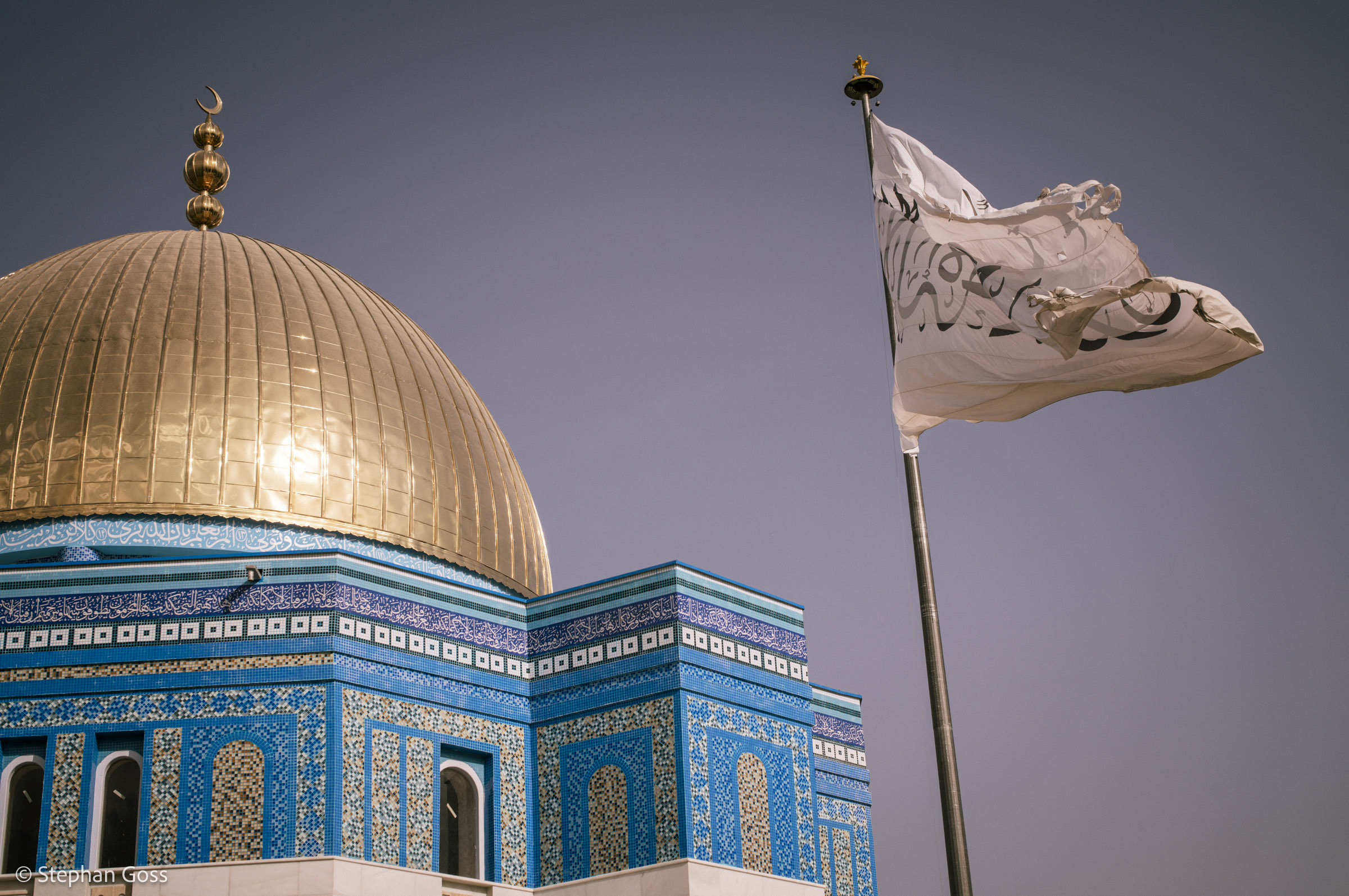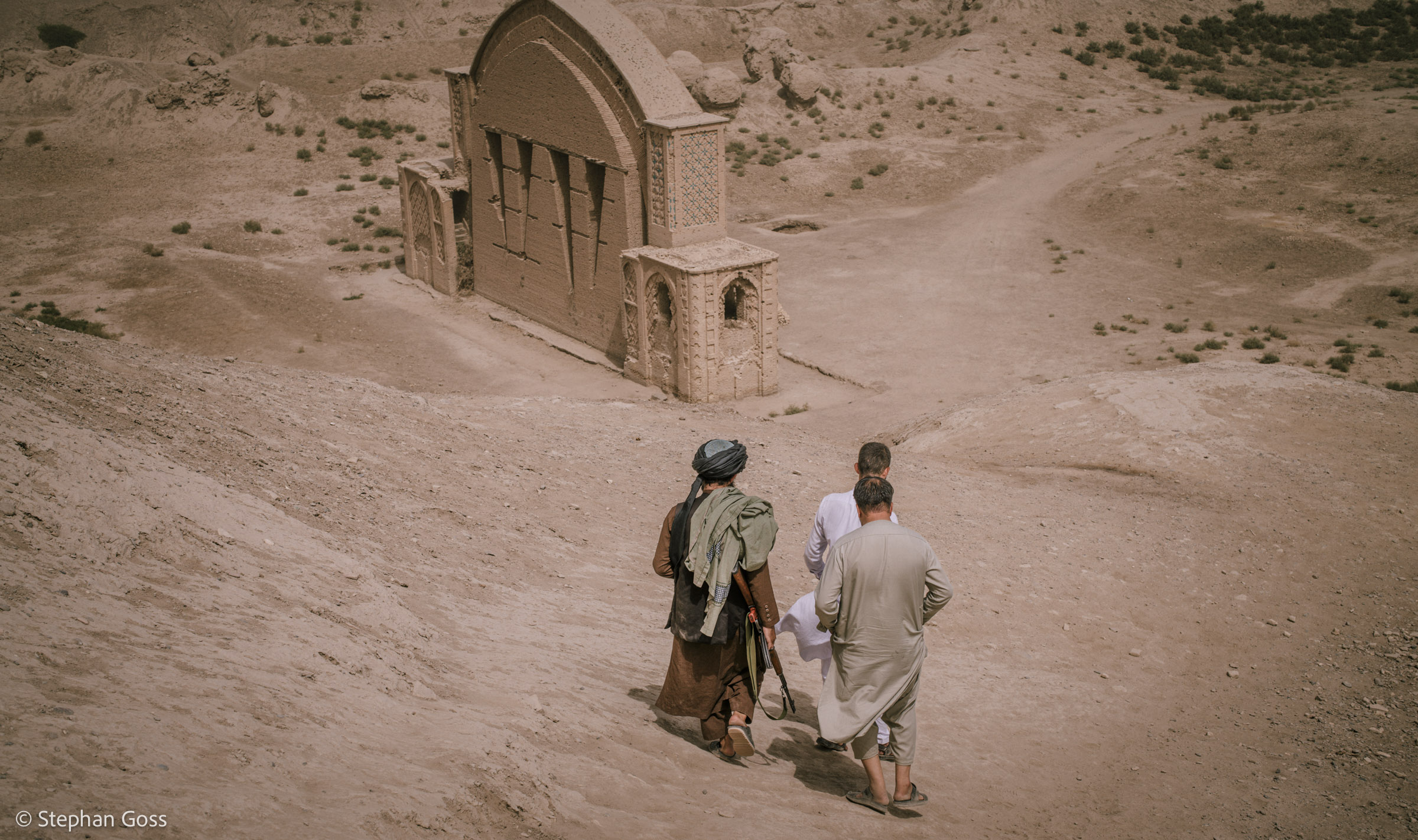Afganistan
Taliban
info

info
The Taliban, numbering between 70,000 to 100,000, are from the Pashtun tribe and now helm Afghanistan's leadership. Dispelling a major misconception, the Taliban didn't seize Afghanistan from the U.S. but were effectively handed control following the Doha Agreement—negotiated under President Trump and signed during President Biden's tenure. This accord set the stage for the U.S. withdrawal, which, despite its chaotic execution, was a transition both administrations appeared to accept, albeit with little enthusiasm. The consensus among those I've encountered is skepticism towards a lasting peace in Afghanistan. There's an almost grim anticipation of war's return within a few years, with some looking forward to the economic activity it brings despite the violence, to a country in which 60% of the population can neither read now write. Image: The mosque in Kabul's central park flies a massive Taliban flag. This park becomes a social hub for the Taliban on Fridays, when they come to see the sunset and hang out, though they shy away from cameras, wary of war's return and the implications of their images being public.

info
In Kandahar, I met with the Taliban's Minister of Tourism for permission to travel—a protocol in each province. These officials, invariably high-ranking Taliban members, are surprisingly hospitable, invariably offering tea and curiously asking questions as to why I would want to visit Afghanistan.

info
The Taliban flag, now synonymous with the national flag, is a common sight across Afghanistan.

info
Our unexpected tour guide in Helmand Province was a Taliban member from the Ministry of Tourism. Our visit coincided with a day off for the minister, so this friendly, non-English speaking guide stepped in to show us around Qala-e-Bost, an ancient fort dating back 3,000 years.